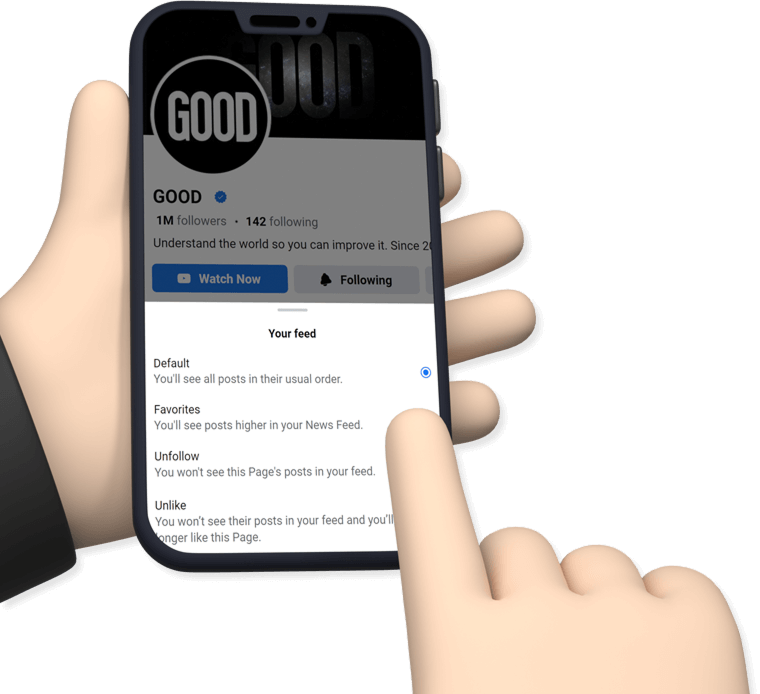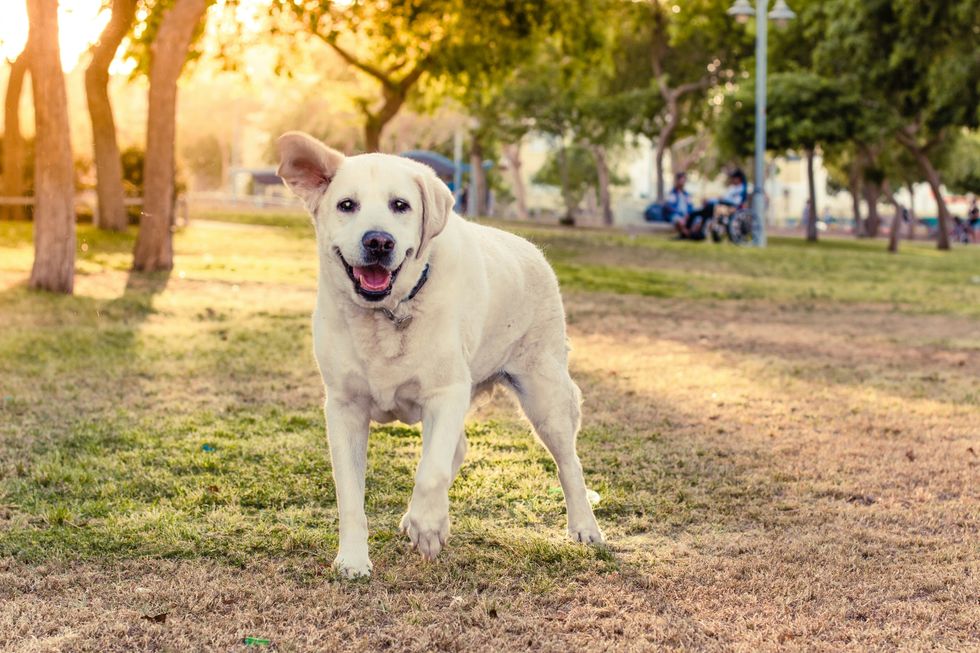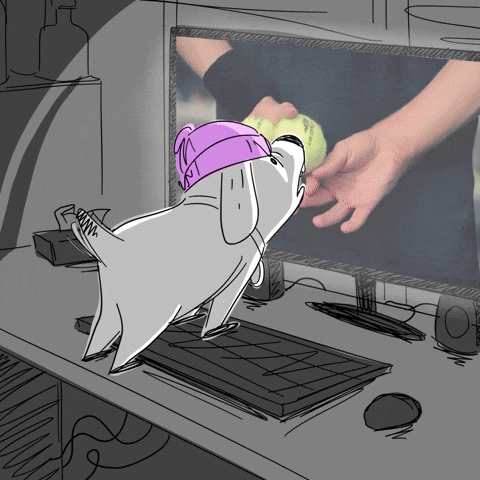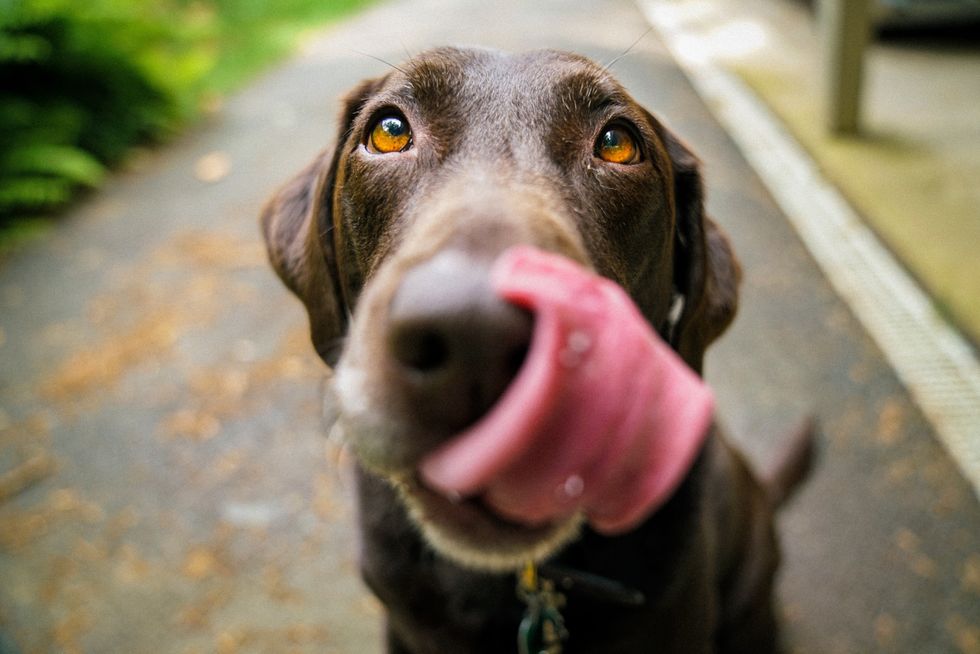For the last seven years, Carolina has been working diligently with the nonprofit APOPO on a humanitarian mission to stop the spread of tuberculosis in Ethiopia and Tanzania. In fact, she detected and diagnosed over 3,000 cases of tuberculosis (TB) in the area and thus spared nearly 30,000 from getting infected. Also, she’s a rat.
Carolina is one of 40 giant African pouched rats recruited by APOPO, a Belgian-based organization whose full name translates to “Anti-Personnel Landmines Detection Product Development” for their HeroRATS program. APOPO uses these rats and their incredible sense of smell to not only detect landmines in former war zones, but also to analyze phlegm samples to detect tuberculosis from patients. These rats can accurately scan 100 phlegm samples for tuberculosis within 20 minutes. This is significantly faster than a human, as it would take a person four days to look through all the samples with a microscope.
These giant rats can weigh up to nine pounds and have tails up to 18-inches long. While one could feel uneasy being around a rat that size given a rat’s general reputation, their keen sense of smell has made them a valued ally to humans. According to APOPO behavior neuroscientist and “rat coach” Cindy Fast, the powerful noses on these rats can sniff out a half of a drop of chlorine in a space that’s the size of 20 Olympic-sized swimming pools.
TB bacteria has six volatile organic compounds that these rats’ noses can detect and, through a year’s worth of clicker training, they can indicate to trainers if these compounds are present in a sample from a person potentially infected with TB. These rats have to accurately detect 500 samples before being allowed to work on real cases.
- YouTubeyoutu.be
This work by the rats is imperative given how expensive mass TB testing can be in many countries along with how quickly the disease can spread. Carolina’s work along with her fellow rat peers have helped raise detection rates of TB by 40% in Tanzania. Overall, these rats reportedly prevented 400,000 cases in Tanzania and Ethiopia alone.
“Not only are we saving people’s lives, but we’re also changing these perspectives and raising awareness and appreciation for something as lowly as a rat,” said Fast. “Because our rats are our colleagues, and we really do see them as heroes.”
Since these rats have a lifespan of seven to eight years, APOPO decided to let Carolina retire and enjoy her remaining days.
@zekedarwinscience Ozempic & Gila Monsters #science #sciencetok #evolution #ozempic #diabetes #medicine #learnontiktok #edutok #stem #biodiversity #biology #diet
These rats aren’t the only unlikely “creepy” animal allies that help humans combat various health issues. A venom hormone from Gila monsters has been used to help people with Type 2 diabetes kickstart their pancreas to produce more insulin and lower blood sugar. Given their effectiveness, maggots are still considered an option to heal wounds as they not only eat dead tissue but any infected areas, too. The silk made from spiders can be used to repair and create new ligaments in humans.
It goes to show that some of the most maligned and feared creatures on this planet can actually benefit humans no matter how fearsome or gross they appear.


















 Mother and baby.
Photo by
Mother and baby.
Photo by  A large white dog standing on top of a grass covered field
Photo by
A large white dog standing on top of a grass covered field
Photo by  dog pug live GIF
dog pug live GIF


 Reddit
Reddit
 Max Dog On Computer GIF by CC0 Studios
Max Dog On Computer GIF by CC0 Studios Netflix Popcorn GIF by TeamTO
Netflix Popcorn GIF by TeamTO
 Photo by
Photo by  Photo by
Photo by